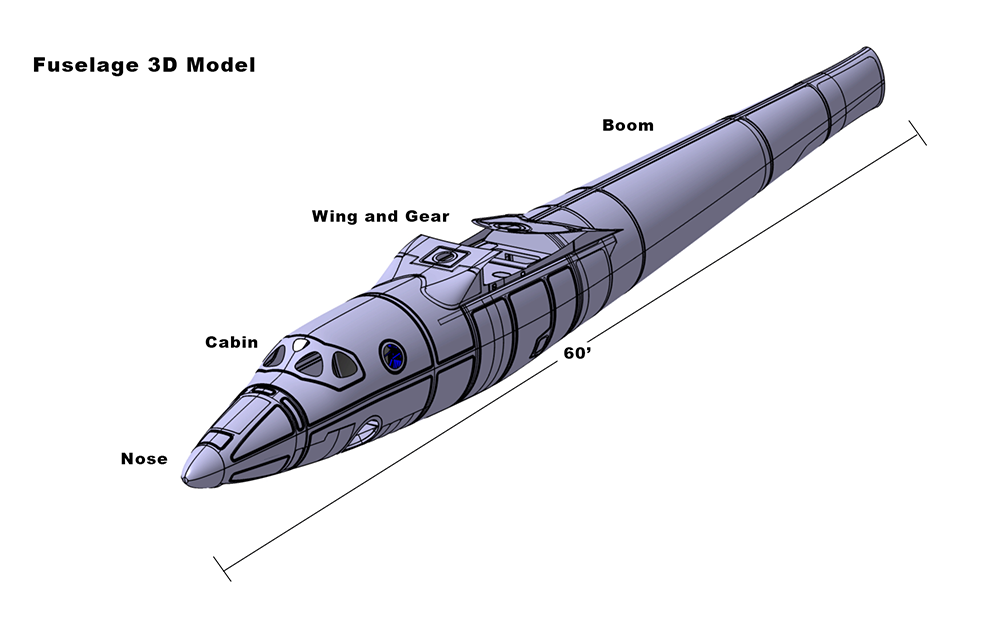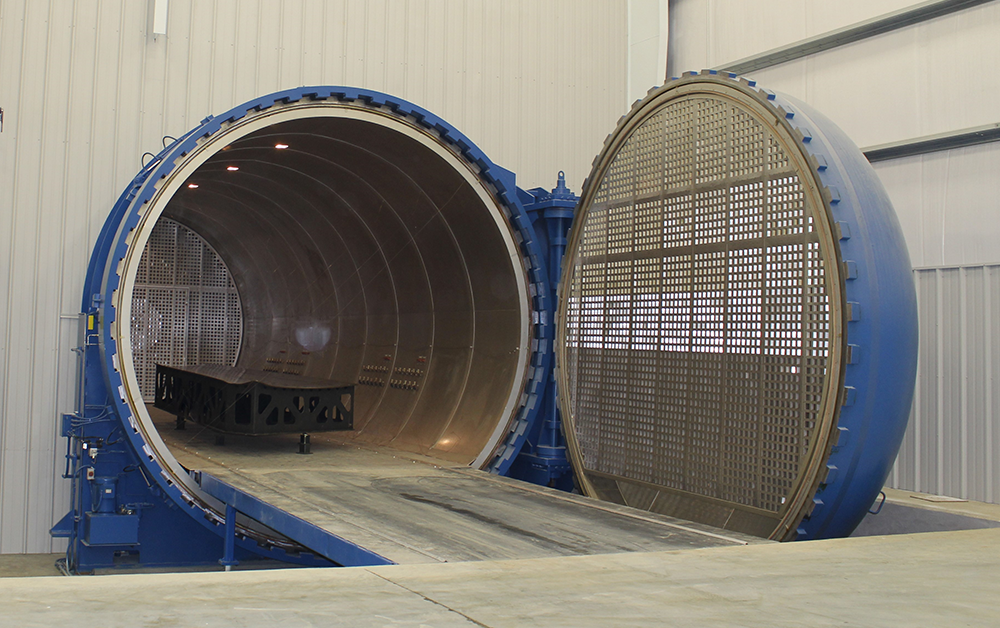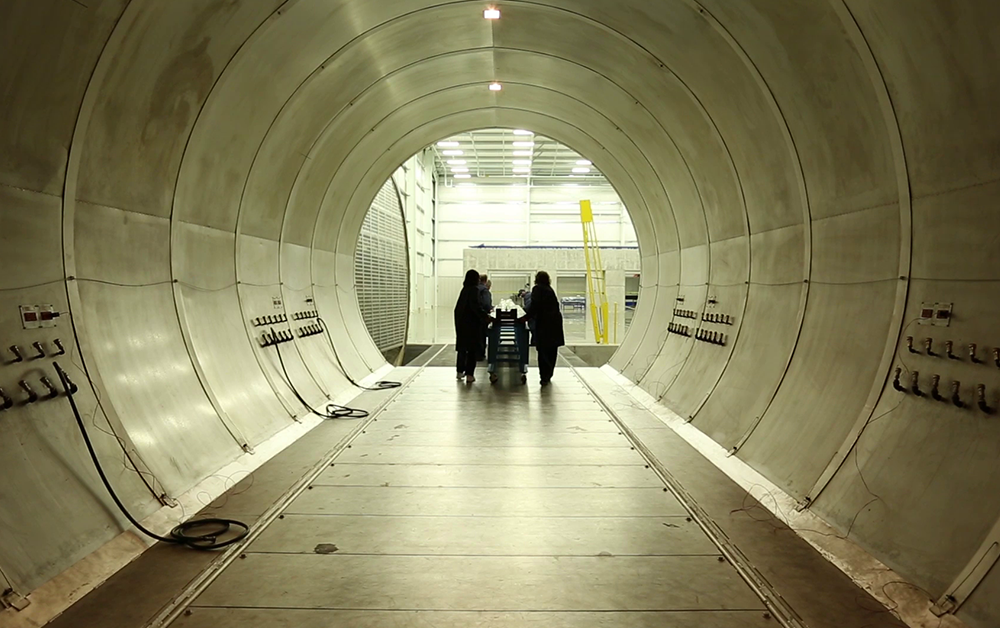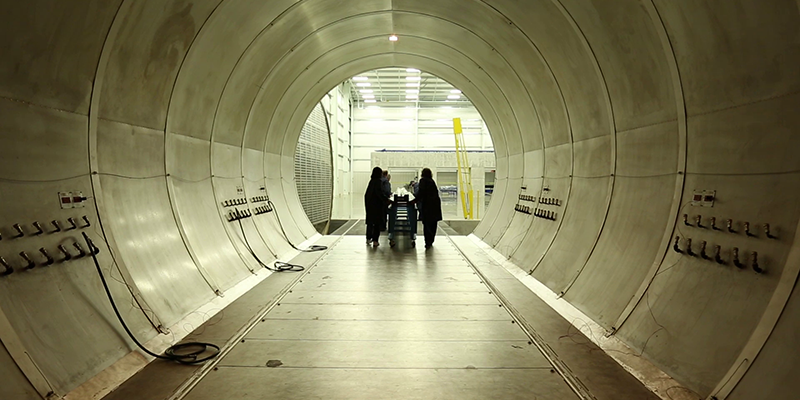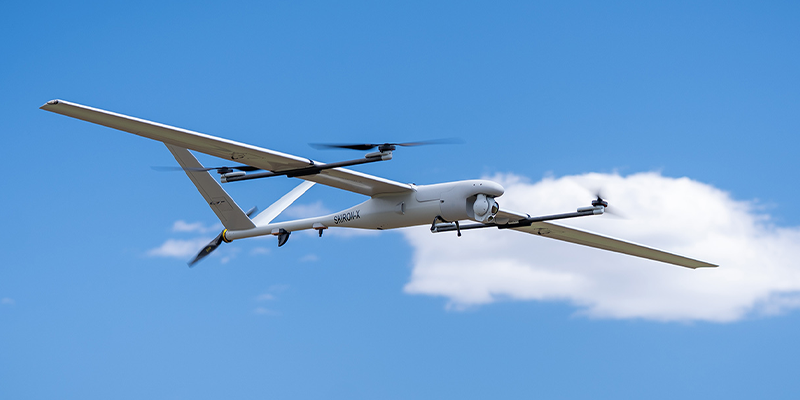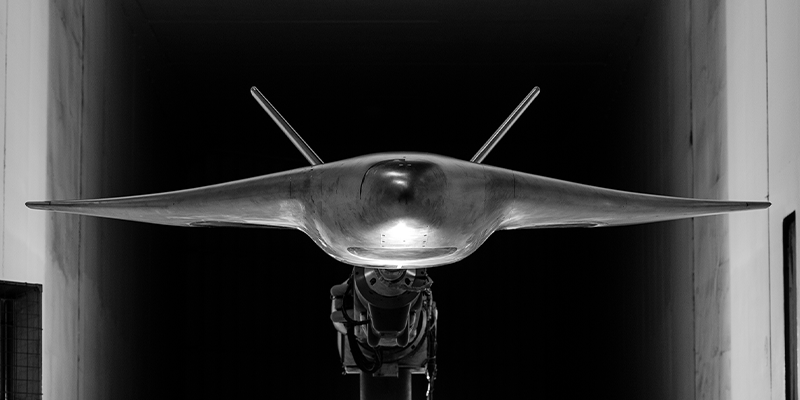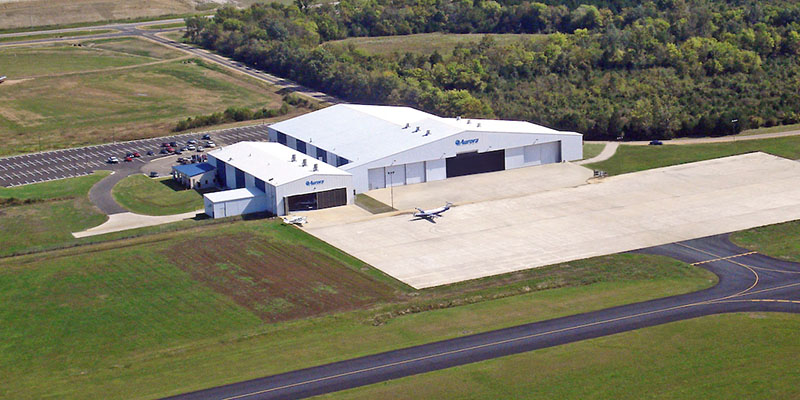Aurora Flight Sciences, a Boeing Company, is designing and building two next generation motherships to support the air launch of Virgin Galactic’s spaceship. Since early 2022, Aurora and Virgin Galactic teams have been working together on the design concepts for the new aircraft.
While detailed engineering design work continues, teams have also moved into manufacturing readiness, including conducting producibility studies and creating the first tool designs. With components as large and structurally important as those in the Virgin Galactic mothership, the who, where, and how of manufacturing planning is not a simple task.
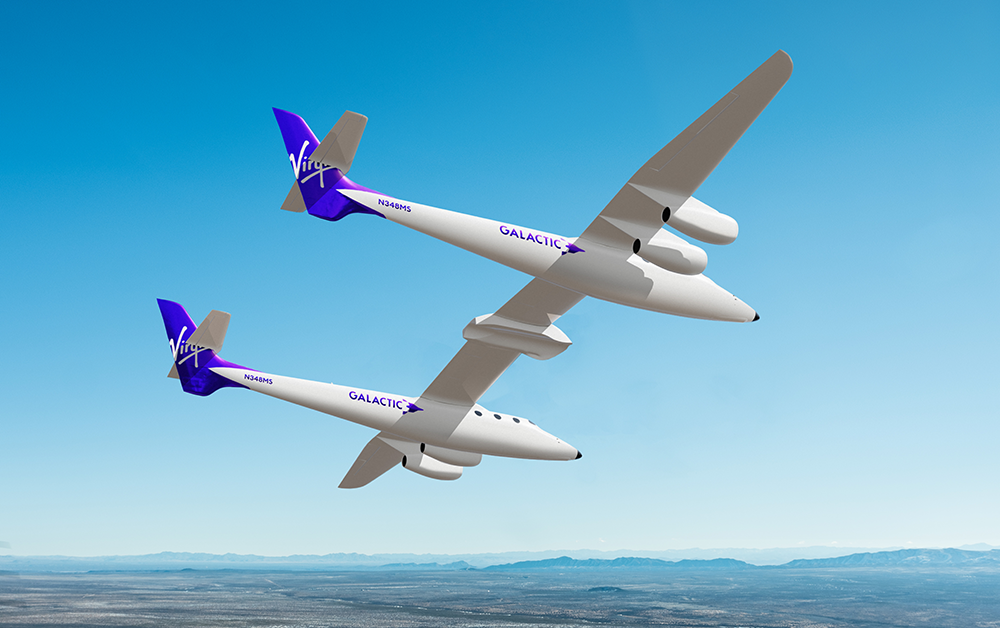
Artist rendering of the next generation mothership. Credit: Virgin Galactic
There are several factors that must be considered when determining the optimal manufacturing process and location for each aircraft component. For example, the mothership’s 140ft wing spar is too large for most autoclaves, the type of pressurized oven used to cure composite materials. Determining the manufacturability and manufacturing location for this part involves three crucial considerations: the size of the wing spar, the size and location of available autoclaves, and transportation logistics to the final assembly location. Even in the earliest design stage, engineers are looking ahead to the final product as each decision is made.
Tool Design
Before an aircraft build can begin, teams must first complete the design and construction of various tools that will be used to create and assemble each component. One type of tool is a mold, sometimes called a cure fixture, in which parts are formed.
For the Virgin Galactic program, Aurora’s tooling engineers begin from the outside in. The outer mold lines (OML), which determine the exterior shape of the vehicle, are the first to be finalized in the engineering design process. With these designs fixed, or ‘frozen,’ the tool designers get to work creating the molds that will be used to make the outer skin of the aircraft.
Elliott Prinzo, a senior tool designer at Aurora, manages the team responsible for the design and manufacture of these molds.
“Our team has extensive experience in designing and building tooling for various prototype and production programs,” said Elliott. “Virgin Galactic is an exciting program to work on because there are several aspects that are unique to these specific aircraft. Not only are the parts some of the largest we’ve created, but each aircraft will need two identical fuselages to support the mothership’s distinct design.”
The molds that will make the fuselage are among the first to be designed by the team. Each 60ft fuselage skin will be constructed from carbon fiber, resin, and honeycomb core using a hand-layup process. The molds for the fuselage are broken up into four sections: nose, cabin, wing and gear (WAG), and boom. To construct these molds, Aurora engineers first create computer models using a 3D modeling software called CATIA. Engineers then work with the manufacturing team to turn those models into molds. On average, the process from tool design to manufacturing first parts takes about six months to complete.
Addressing Challenges
Quality tool design requires a thorough understanding of factors such as part size, part quantity, and the facility where the tool will be used. Some questions teams must consider are: How will the tool be moved within the manufacturing facility? Will it provide an acceptable working height for the composite technician completing a hand-layup process? Will the mold fit in the autoclave available on site? How many parts will the tool need to produce?
“Choosing the right tool material can be a challenge because we have to consider not only the quantity of aircraft but also the number of cure cycles required for each part,” said Elliott. “For the Virgin Galactic program, some composite materials may not meet the program tool life requirements, while metallic tools will make up to 250 units. We are choosing the more robust tooling materials to reduce risk and increase our capability.”
With larger molds, like those used for the fuselage and wing spar for the Virgin Galactic motherships, engineers must also account for the coefficient of thermal expansion (CTE) during the cure cycle when the mold and the composite part are subjected to high temperature and pressure. The CTE indicates how much a material expands as it reaches a certain temperature. The larger the mold, the more significant the impact of thermal expansion. For example, a 30ft mold could grow by half an inch during curing, causing unacceptable dimensional deviations in the finished part. This can be prevented by utilizing molds made from carbon fiber; INVAR, a nickel-iron alloy known for its ability to hold its shape at high temperatures; or a combination of the two. Each of these options would have the same CTE as the composite part. They are more expensive choices for tooling material, but for large parts such as the mothership’s two fuselages, it is an important factor in ensuring quality.
Next Steps
Engineers across Aurora continue to work on the detailed design of Virgin Galactic’s next generation motherships. Tooling work is taking place primarily at Aurora’s manufacturing facilities in Mississippi and West Virginia. Once tool designs are complete, the tools are made by specialist vendors and then delivered to the appropriate manufacturing facility. The fuselage skins, for example, will be manufactured at Aurora’s Mississippi facility, taking advantage of its 16×40 ft autoclave, and will then be shipped to the company’s West Virginia facility for further assembly.
Upon completion, these two next generation motherships will support Virgin Galactic’s goal to conduct 400 flights per year, with the first new mothership expected to enter service in 2025.
—
Interested in joining the Aurora team as we continue to advance the future of flight? Visit our careers site at careers.aurora.aero.


